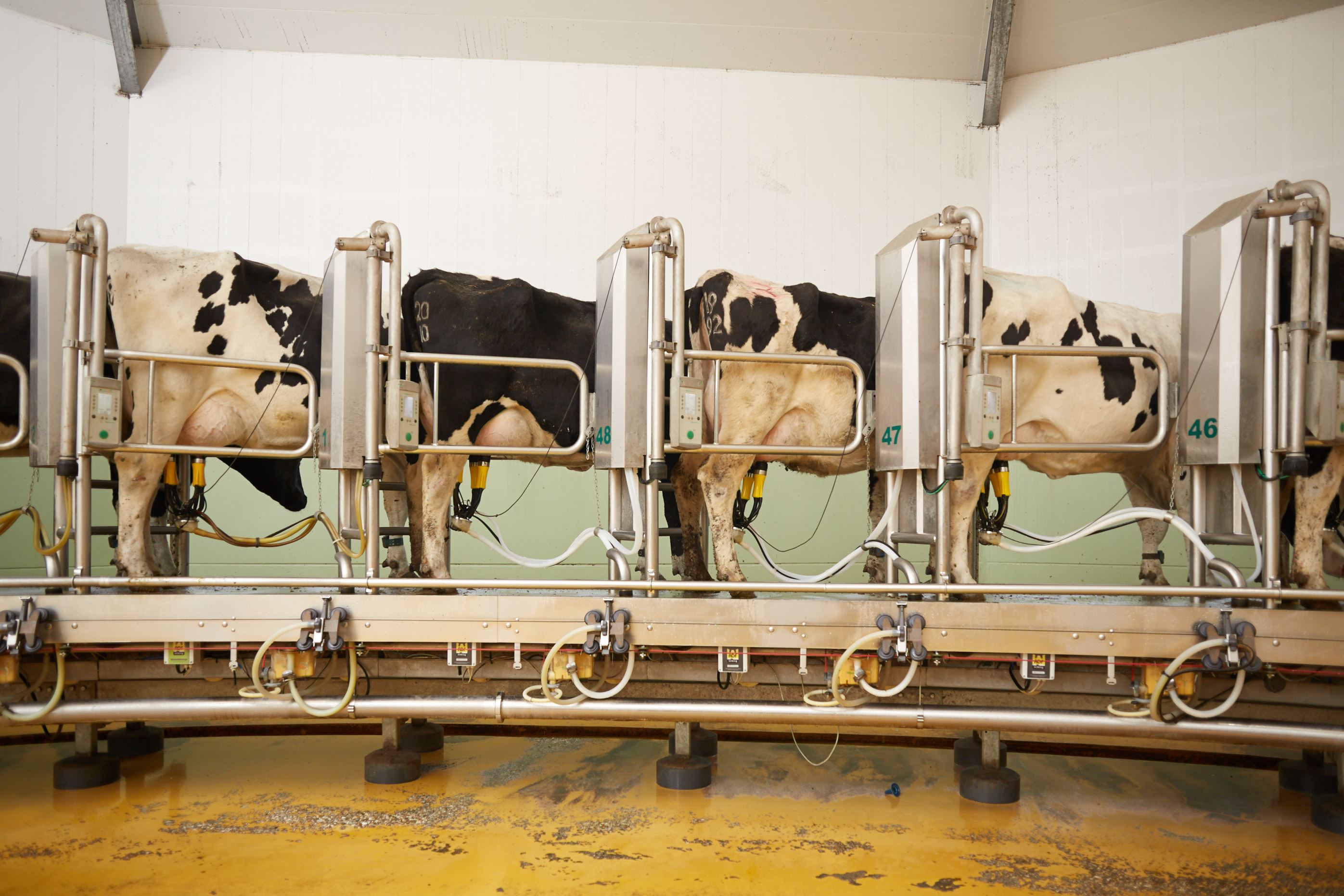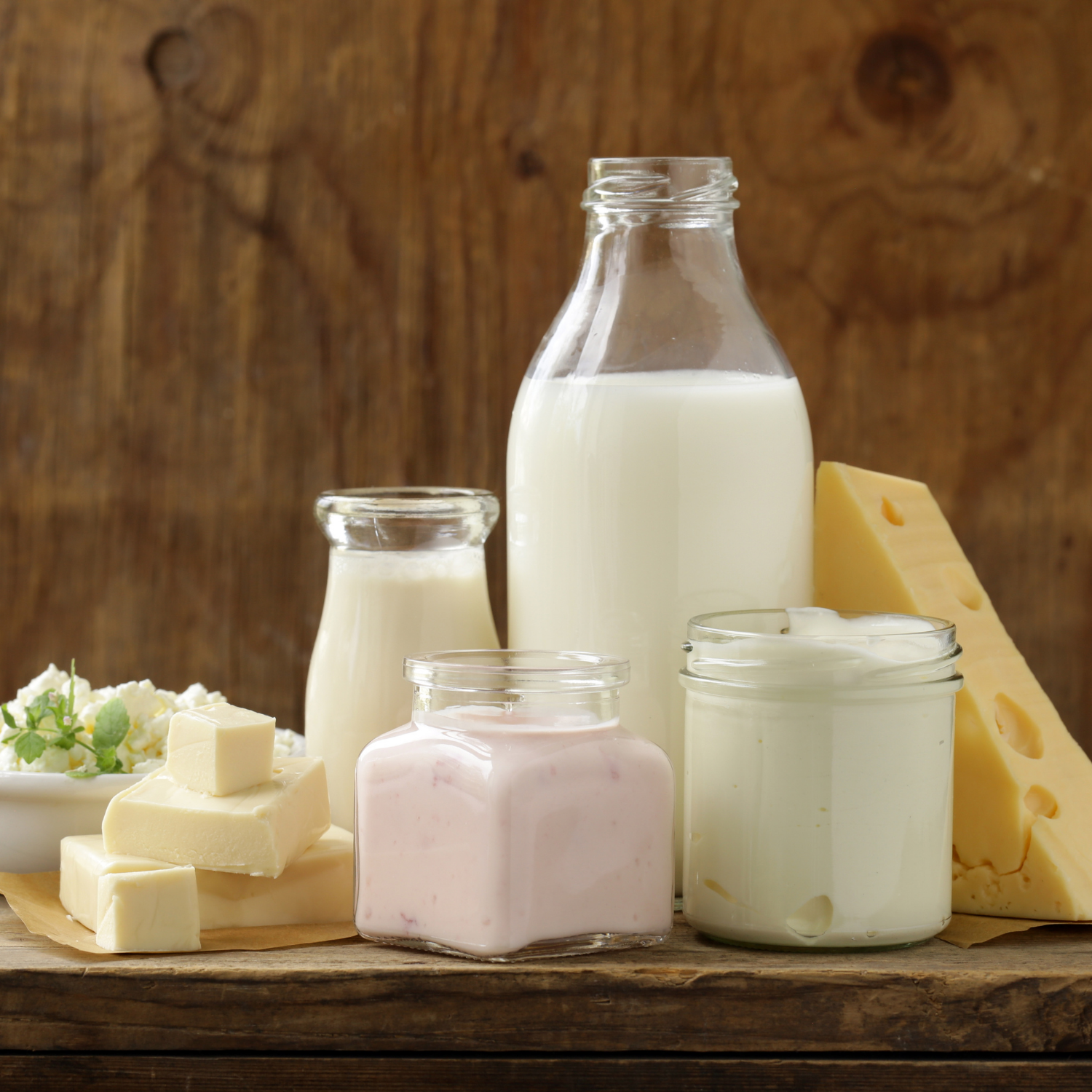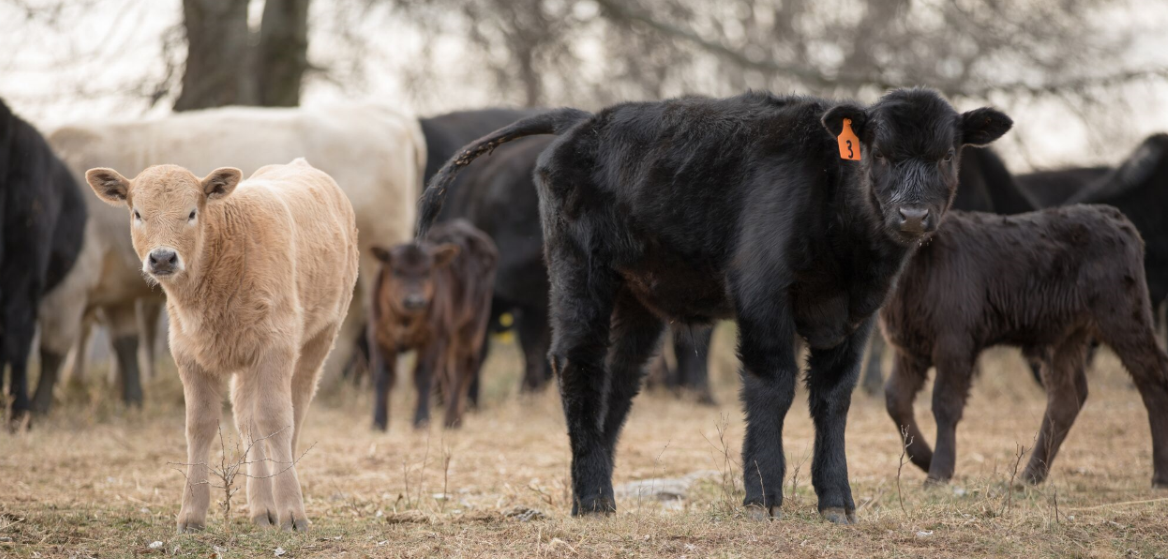



Weekly beef and dairy digest: US exports lag and EU production expected to rise
Jim Wyckoff's latest beef and dairy industry updates track the production outlook in Europe and slowing beef exports.USDA beef news
US beef exports lagging from early-autumn
US beef net sales of 18,900 metric tonnes (MT) reported for 2020 were down 13 percent from the previous week and 6 percent from the prior 4-week average.
Increases primarily for China (4,300 MT), Japan (4,200 MT, including decreases of 200 MT), South Korea (4,200 MT, including decreases of 1,500 MT), Mexico (2,200 MT), and Taiwan (1,400 MT, including decreases of 100 MT), were offset by reductions primarily for Colombia (100 MT) and Chile (100 MT).
For 2021, net sales of 4,600 MT were primarily for Japan (2,700 MT), South Korea (1,100 MT), Hong Kong (500 MT), and Guatemala (200 MT). Exports of 16,900 MT were down 5 percent from the previous week, but unchanged from the prior 4-week average. The destinations were primarily to Japan (4,300 MT), South Korea (3,700 MT), Mexico (1,900 MT), Hong Kong (1,700 MT), and China (1,600 MT).

USDA’s livestock update for Spain
The temporary closure of hotels and restaurants in response to COVID-19 lowered domestic demand for high-end meats and slashed prices for meat products such as suckling piglets, Iberico products, high-valued beef cuts, and chicken.
In 2020, the availability of domestic meat supplies and lower tourism will likely lower Spain´s overall imports of meat. This year, Spanish exports of pork and live cattle may be the driver to alleviate the loss in sales to the hospitality sector.
Spanish exports of live cattle for slaughter grew 52 percent mainly to other EU countries and the Middle East.
Overview of the global dairy industry
EU milk production to rise slightly in 2021 - USDA
USDA in its annual EU dairy report has estimated 2020 EU milk deliveries will grow by one percent over 2019 due to continuing export demand for dairy products, stable domestic demand, and market interventions introduced by the EC in June 2020. Production growth will be limited due to lower dairy herd inventories.
USDA expects that dairy processors will increase production of cheese, butter, WDM, and NFDM because of higher milk deliveries. 2020 cheese production will increase over 2019 levels due to higher export demand. Dairy cow inventories will continue to decline through 2020 and 2021, following a general trend toward smaller herds and more productive animals. However, milk output will not be negatively affected, as better herd management, including high-quality genetics, has increased milk yields and can compensate for the smaller herd size.
The agency estimates that in 2020, domestic consumption of butter, cheese, and WDM will remain about the same as 2019 levels, while NFDM consumption will decrease from 2019 and return to historic average levels. In 2018 and 2019, domestic NFDM consumption was artificially high following the EC’s release of public intervention stocks on to the market. Fluid milk consumption in 2020 will increase because COVID-19 will temporarily change consumer consumption trends. Post forecasts that fluid milk consumption will decline in 2021, as the long-term shift away from fluid milk toward other dairy products and milk substitutes will resume.

USDA forecasts that 2021 cheese and butter consumption will increase with higher production. 2021 WDM and NFDM consumption will plateau. According to Milk Market Observatory (MMO) in August 2020, the EU farmgate price for raw milk was €32.7 ($38.6) per 100 kilograms, three percent below August 2019. Although farmgate milk prices declined from January to June 2020, prices have rebounded since July. As of 4 October 2020, the EU27+UK cheese (cheddar) price was three percent above the October 2019 price, while WDM, butter, and NFDM prices were eight, five, and five percent, respectively, lower than October 2019 prices.
The agency estimates that 2020 cheese exports will continue to grow due to strong global demand. Despite supply chain issues and temporary drop in demand from the food service sector following COVID-19, cheese, butter, WDM, and fluid-milk exports will increase from 2019. Post estimates that 2020 NFDM exports will decline from 2019 due lower anticipated demand from China and Southeast Asia and the EU’s decision to release its NFDM public intervention stocks in 2019.
Ukraine milk report
USDA says fluid milk production in Ukraine declined in 2019 and is expected to remain on a downward trend in 2020, due to a decrease in the dairy cow population.
Fluid milk production in households remain inefficient. The number of modern large dairy farms is too small to reverse the trend. In 2020 Ukraine is expected to decrease export of all exportable dairy products.
Spread of COVID-19 disease has limited the negative impact associated with the lower domestic demand from restaurants and other public establishments. Higher disposable incomes led to a growth in imports of premium dairy products.
Western Europe overview
Netherlands unofficial milk production estimates for early October indicate seasonal declines slightly lower than expected. France and Germany are believed to have slowed the seasonal decline. The German seasonal low point is expected to occur in mid-November. Irish milk production is viewed as continuing to be ahead of last year at this time. A new development in Germany is increased manufacturing and sales of UHT milk. This is attributed to consumer interest in stocking up on milk as a precautionary measure related to concerns of COVID-19 related milk supply disruptions.

Eastern Europe overview
Dairy exports from Belarus remain strong January – August 2020 compared with January – August 2019. Export volumes and percent changes for the period include butter, 58,000 MT, +4.9 percent; cheese, 173,000 MT, +11.8 percent; SMP, 85,000 MT, +6.4 percent; WMP, 19,000 MT, 24.2 percent; and dry whey, 91,000, +29 percent, according to CLAL data made available to USDA.
USDA dairy markets at a glance
Fluid milk
US milk production is level to increasing in the East. Mid-Atlantic milk loads are travelling to other regions for immediate needs. In the Midwest, current milk output is flat to higher. In California, milk production is down. Class I sales are healthy from the retail sector. In Arizona, milk production is steady, while New Mexico milk output is up. Bottlers’ requests are higher for eggnog production.
Milk production is strong in the mountain states of Idaho, Utah and Colorado. Educational institutions’ Class I demands are mixed throughout the country. Condensed skim markets are fairly steady, with stable loads clearing to seasonal ice cream making. Cream markets are holding a stable tone. FOB cream multiples for all Classes are 1.30-1.43 in the East; 1.25-1.40 in the Midwest; and 1.05- 1.28 in the West. DRY
Products
Throughout the regions, low/medium heat non-fat dry milk (NDM) prices are steady to higher. Spot trading activities are healthy. Export interest continues to be strong. Buttermilk powder prices are mostly steady. Outside of contractual needs, trading activity is lighter this week.
Market conditions hold a stable tone. Dry whole milk prices are unchanged on moderate trading. The market tone is balanced. Dry whey prices are steady to growing. Numerous loads are trading around the mid to high $0.30s. Buyers’ demands are solid.
Whey protein concentrate 34 percent prices are unchanged. Market participants note markets are somewhat quiet, as many buyers are holding off on spot purchases. Lactose prices are steady. Current demands are mixed. There are signs of a bearish market. Prices for both acid and rennet casein are unchanged on light spot market activity.
USDA reports September US milk production
US milk production in the 24 major States during September totalled 17.2 billion pounds, up 2.4 percent from September 2019. August revised production, at 17.8 billion pounds, was up 1.9 percent from August 2019. The August revision represented an increase of 1 million pounds or less than 0.1 percent from last month's preliminary production estimate.
Production per cow in the 24 major States averaged 1,944 pounds for September, 36 pounds above September 2019. The number of milk cows on farms in the 24 major States was 8.85 million head, 46,000 head more than September 2019, and 6,000 head more than August 2020.
Milk production in the United States during the July - September quarter totaled 55.3 billion pounds, up 2.0 percent from the July - September quarter last year. The average number of milk cows in the United States during the quarter was 9.36 million head, 1,000 head less than the April - June quarter, but 39,000 head more than the same period last year.
US cheese industry suffering
The US cheese industry is reeling from seven months of chaos as the coronavirus pandemic causes upheaval in prices and demand. Prices for cheeses from mozzarella to cheddar hit near-record highs this month, but cheese makers are on edge after sharp swings in demand have thrown their production plans into disarray, reported the Wall Street Journal.
“Those soaring prices have also scrambled planning for buyers from pizza chains to grocery stores, prompting restaurants to limit purchases to avoid getting stuck with expensive inventories if the pandemic slashes business again,” said the report.
Read Jim Wyckoff's analysis on the global poultry industry on The Poultry Site and his latest Pig Outlook on The Pig Site.
TheCattleSite News Desk
IMPORTANT NOTE: I am not a futures broker and do not manage any trading accounts other than my own personal account. It is my goal to point out to you potential trading opportunities. However, it is up to you to: (1) decide when and if you want to initiate any traders and (2) determine the size of any trades you may initiate. Any trades I discuss are hypothetical in nature.
Here is what the Commodity Futures Trading Commission (CFTC) has said about futures trading (and I agree 100%): 1. Trading commodity futures and options is not for everyone. IT IS A VOLATILE, COMPLEX AND RISKY BUSINESS. Before you invest any money in futures or options contracts, you should consider your financial experience, goals and financial resources, and know how much you can afford to lose above and beyond your initial payment to a broker. You should understand commodity futures and options contracts and your obligations in entering into those contracts. You should understand your exposure to risk and other aspects of trading by thoroughly reviewing the risk disclosure documents your broker is required to give you.




